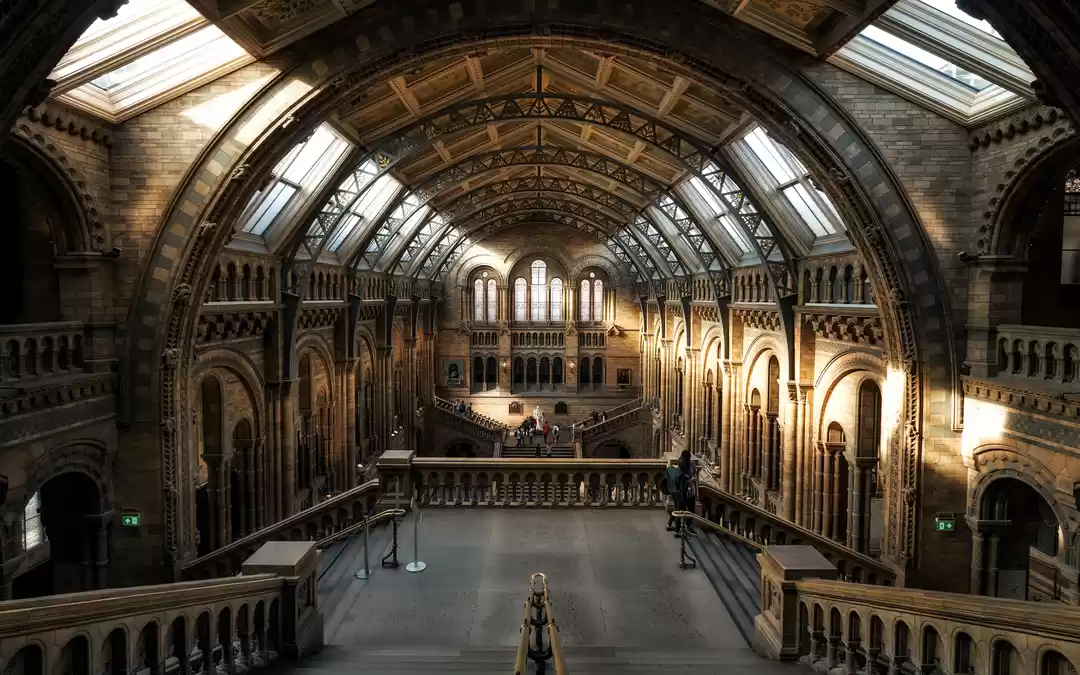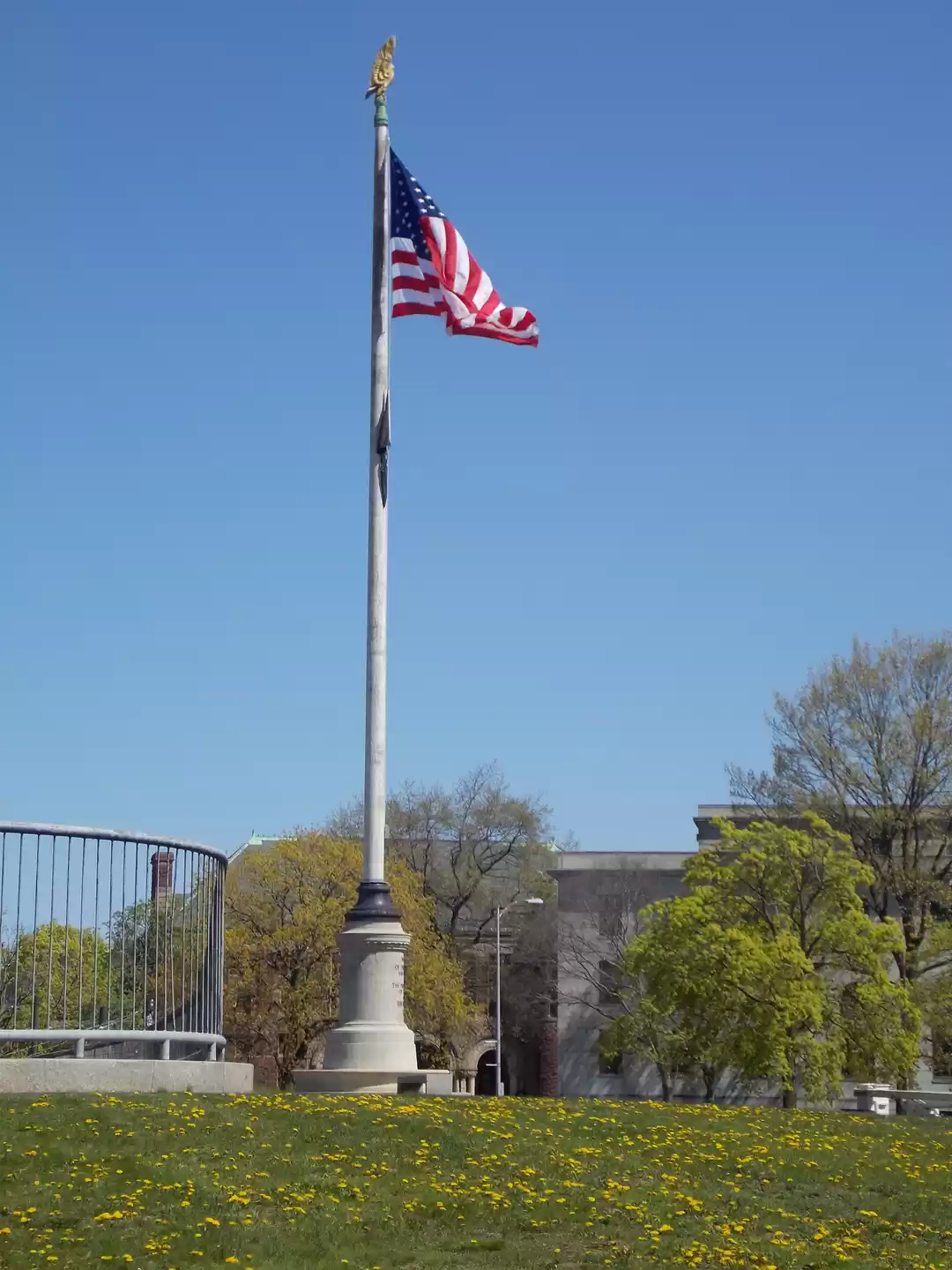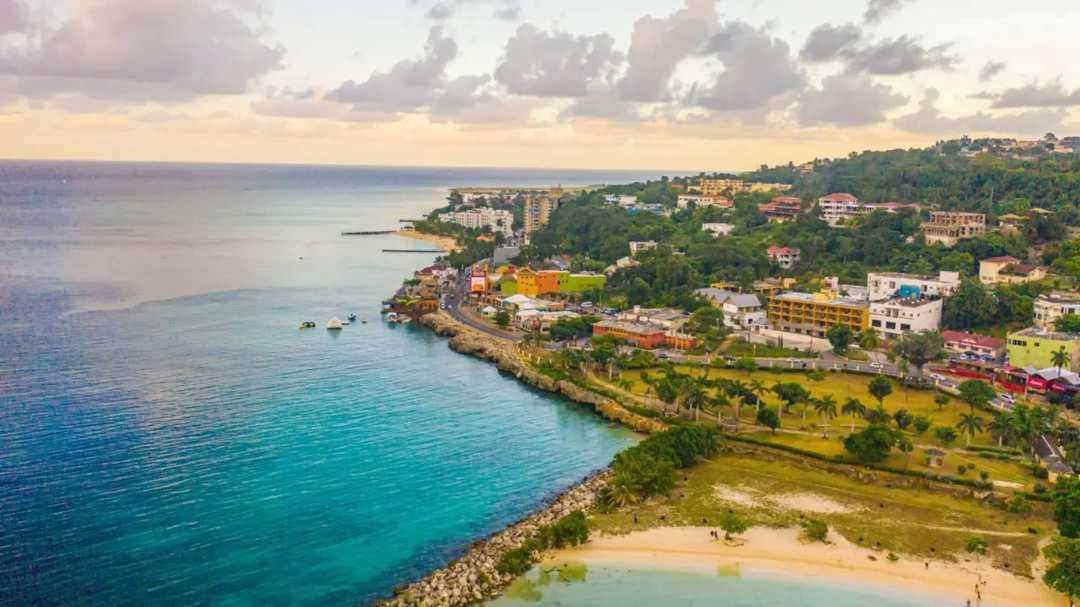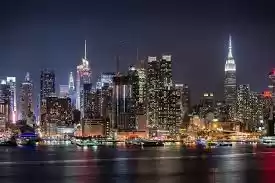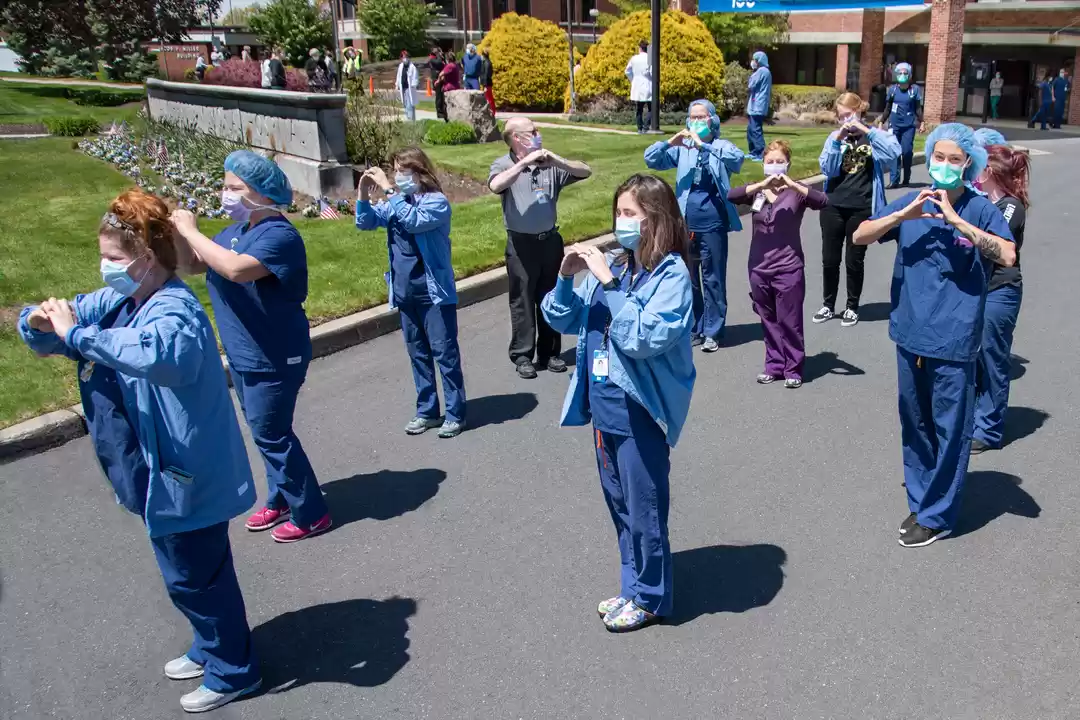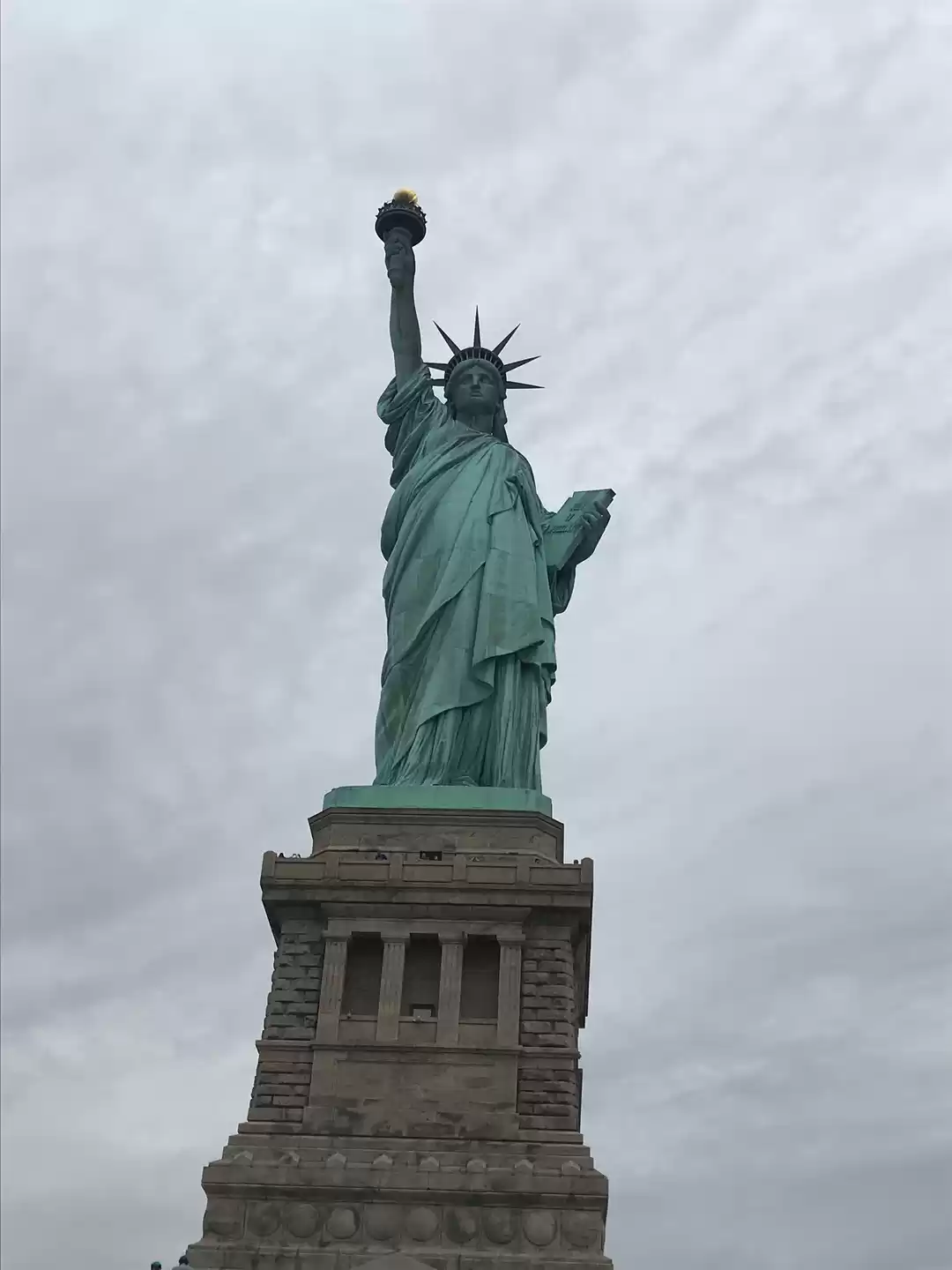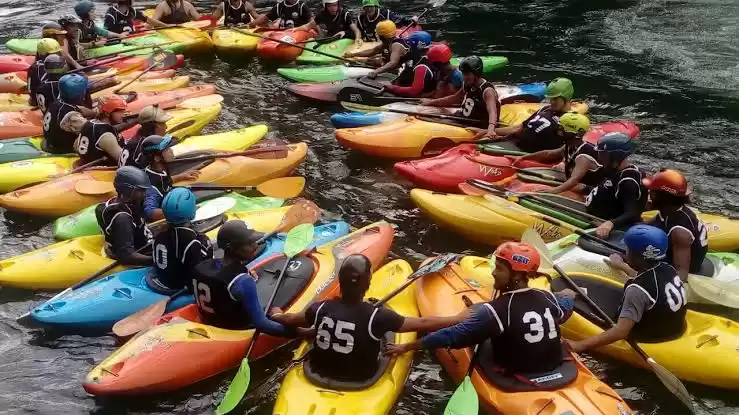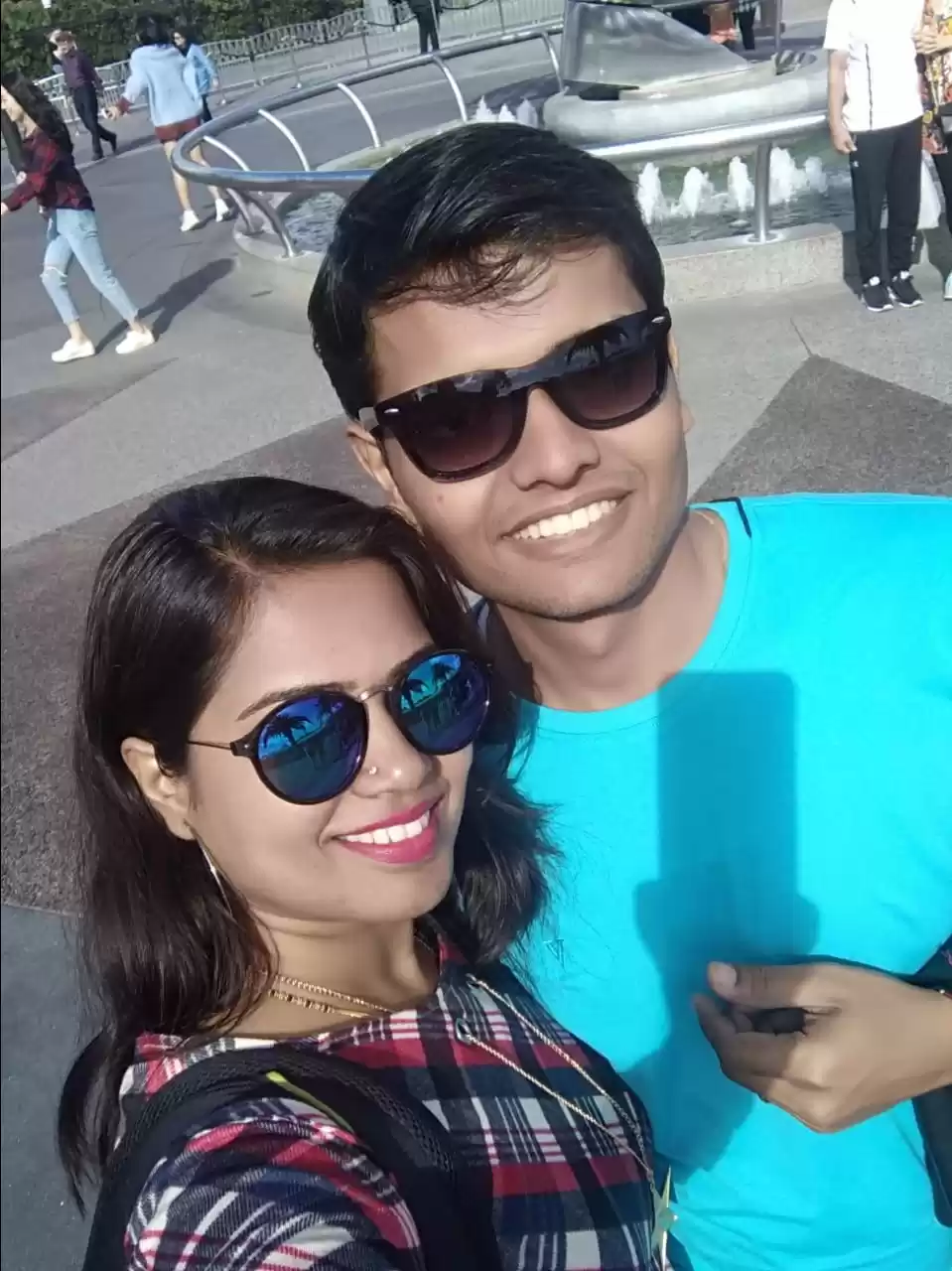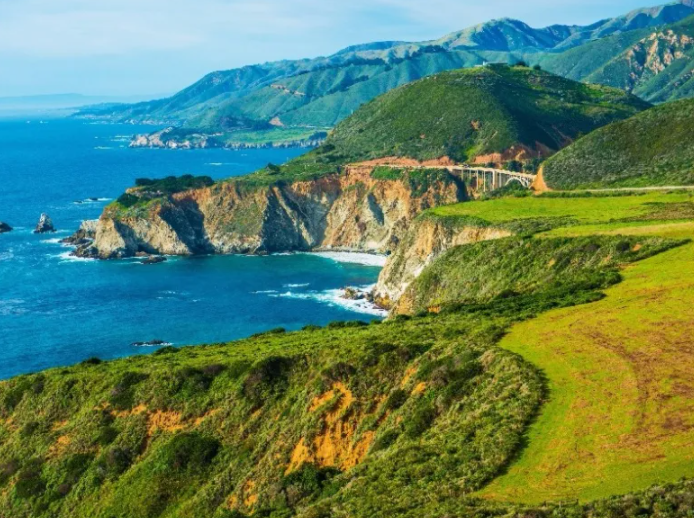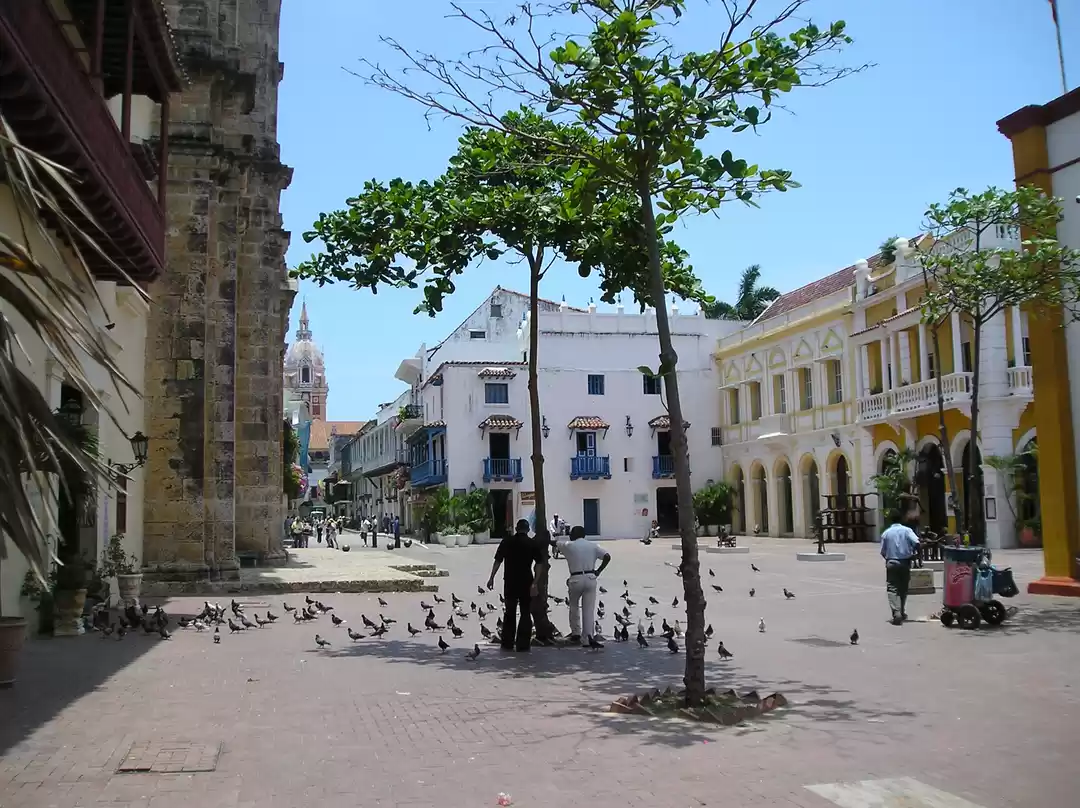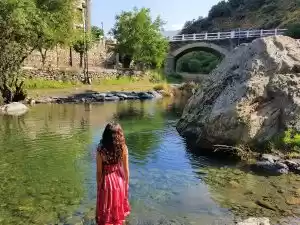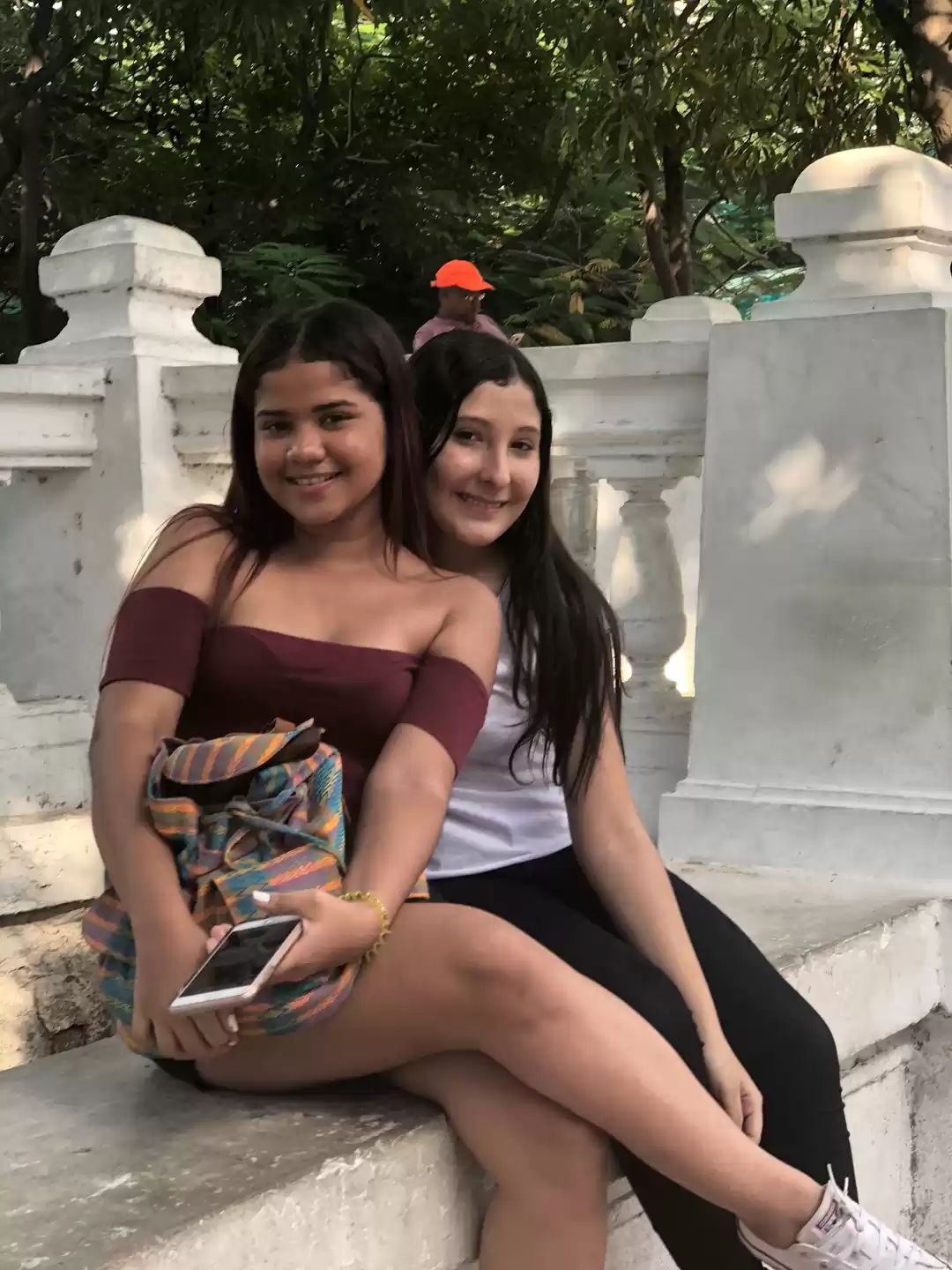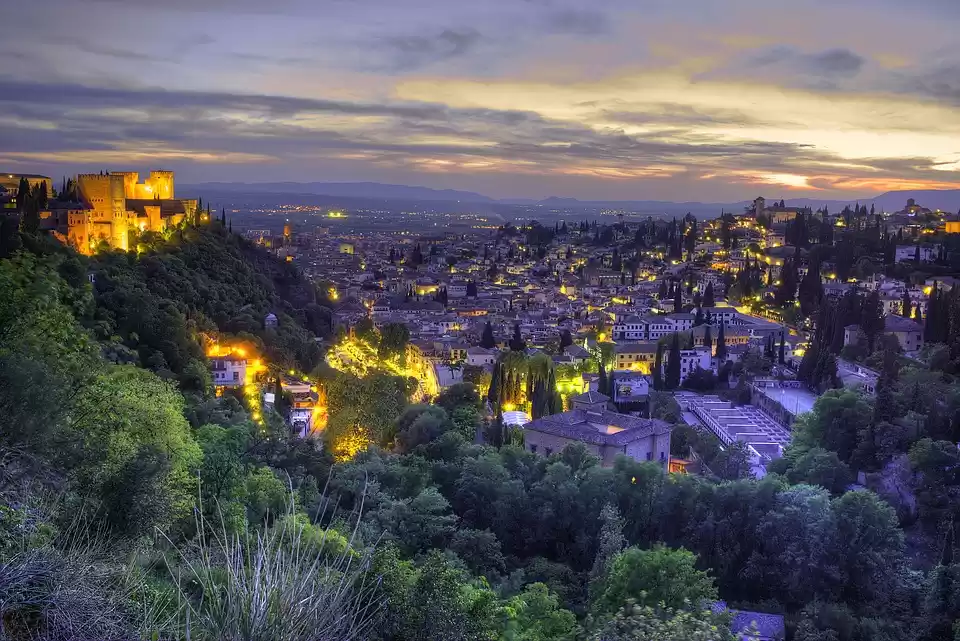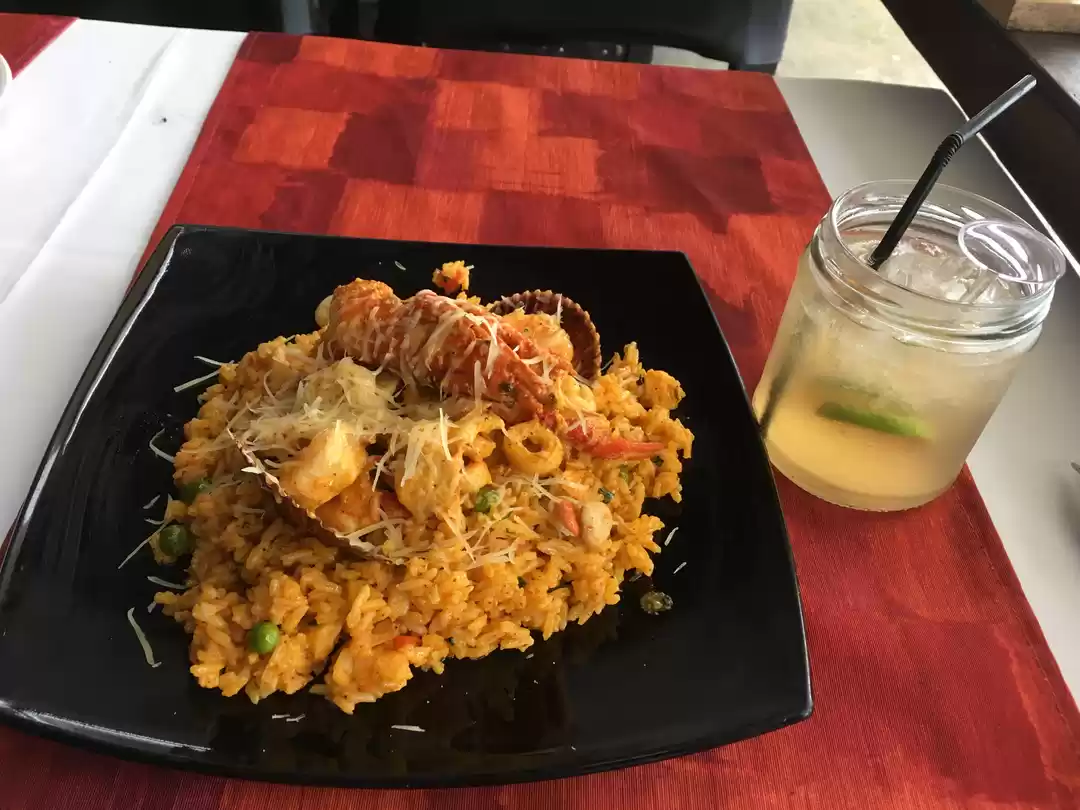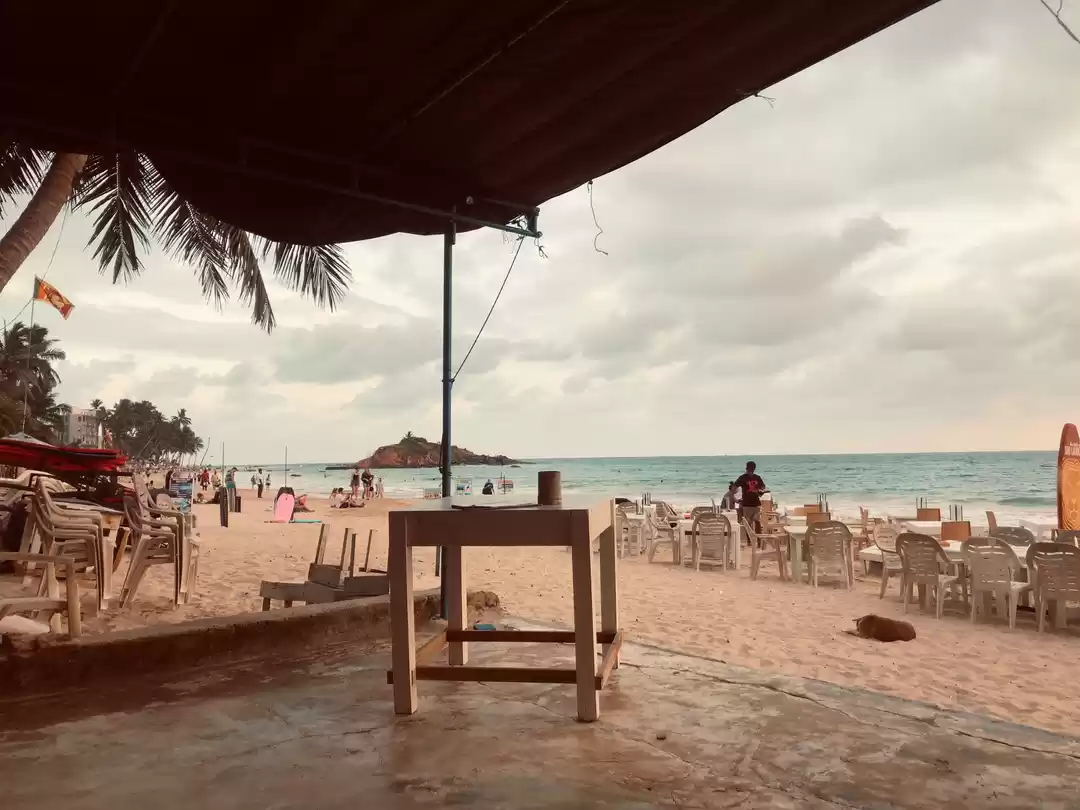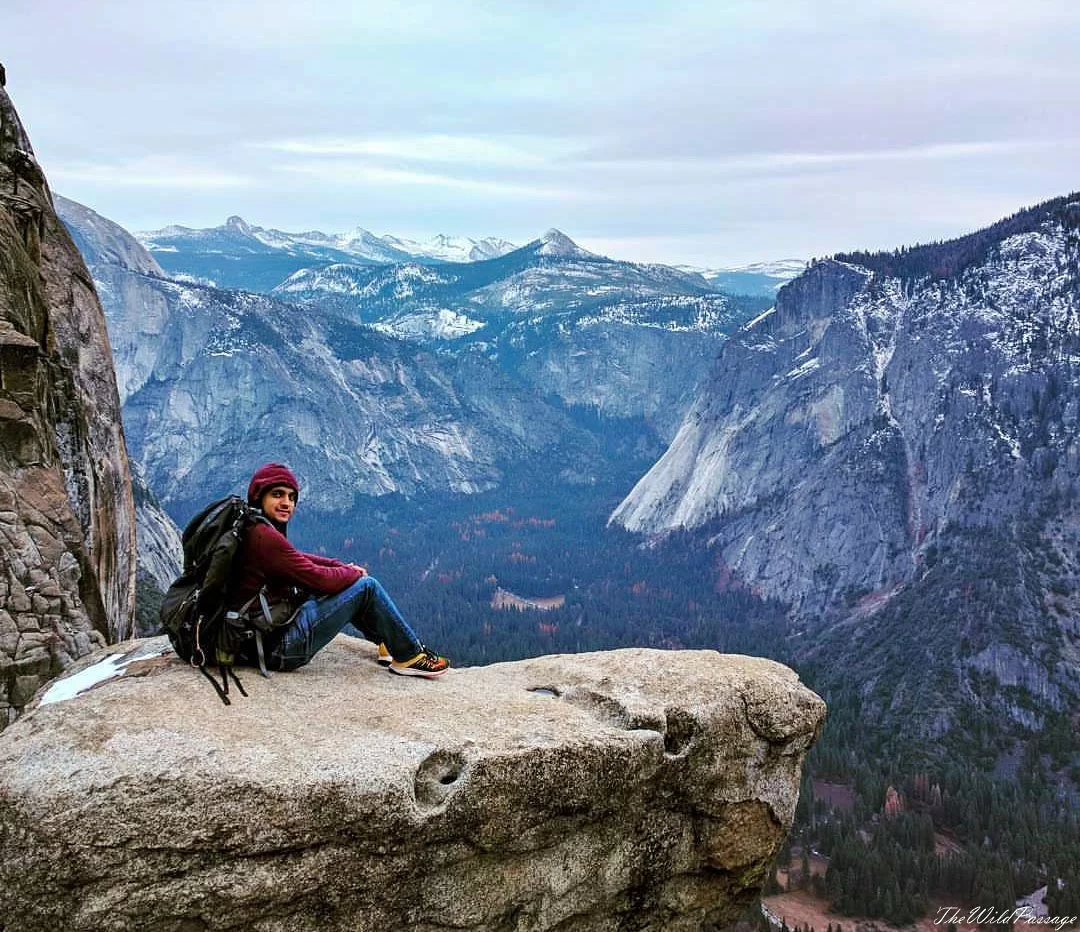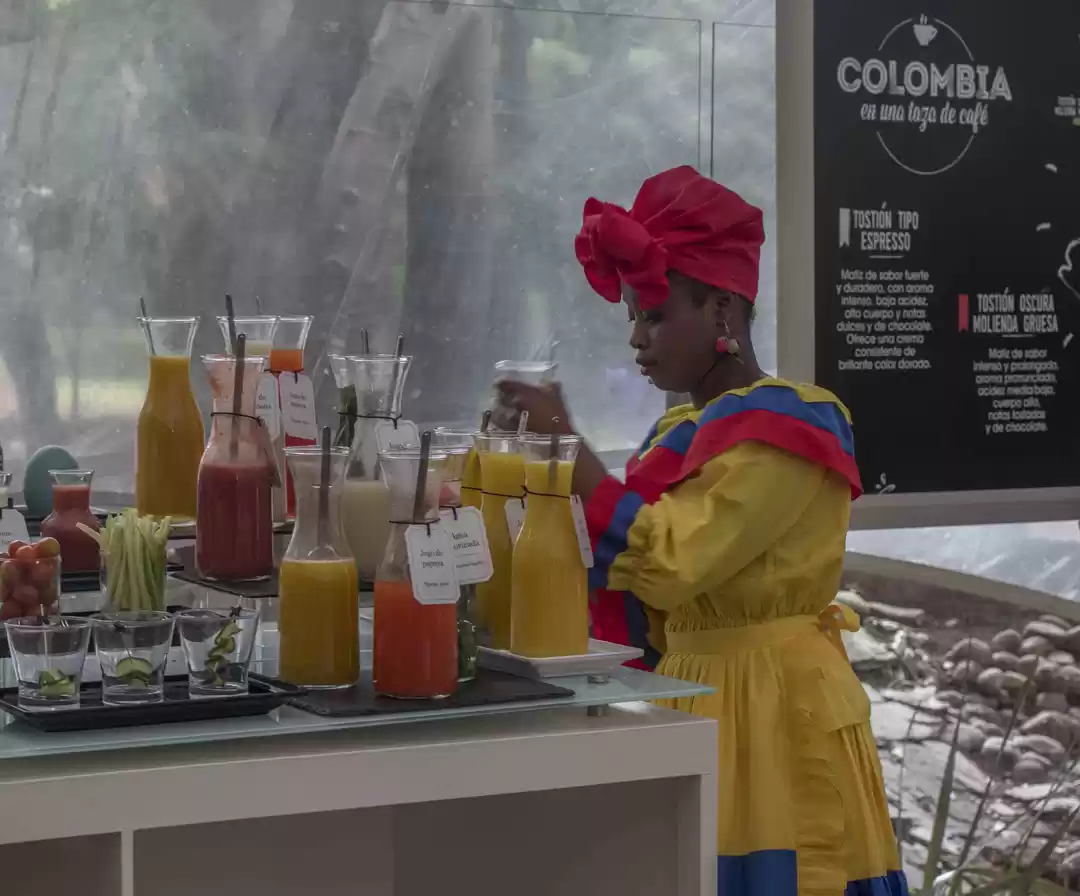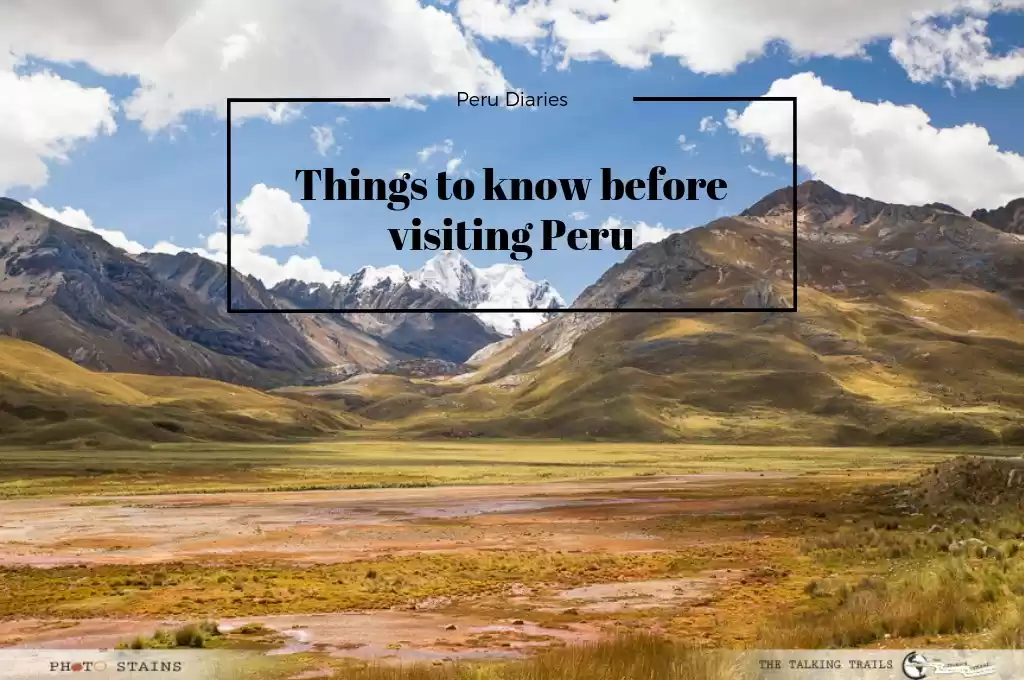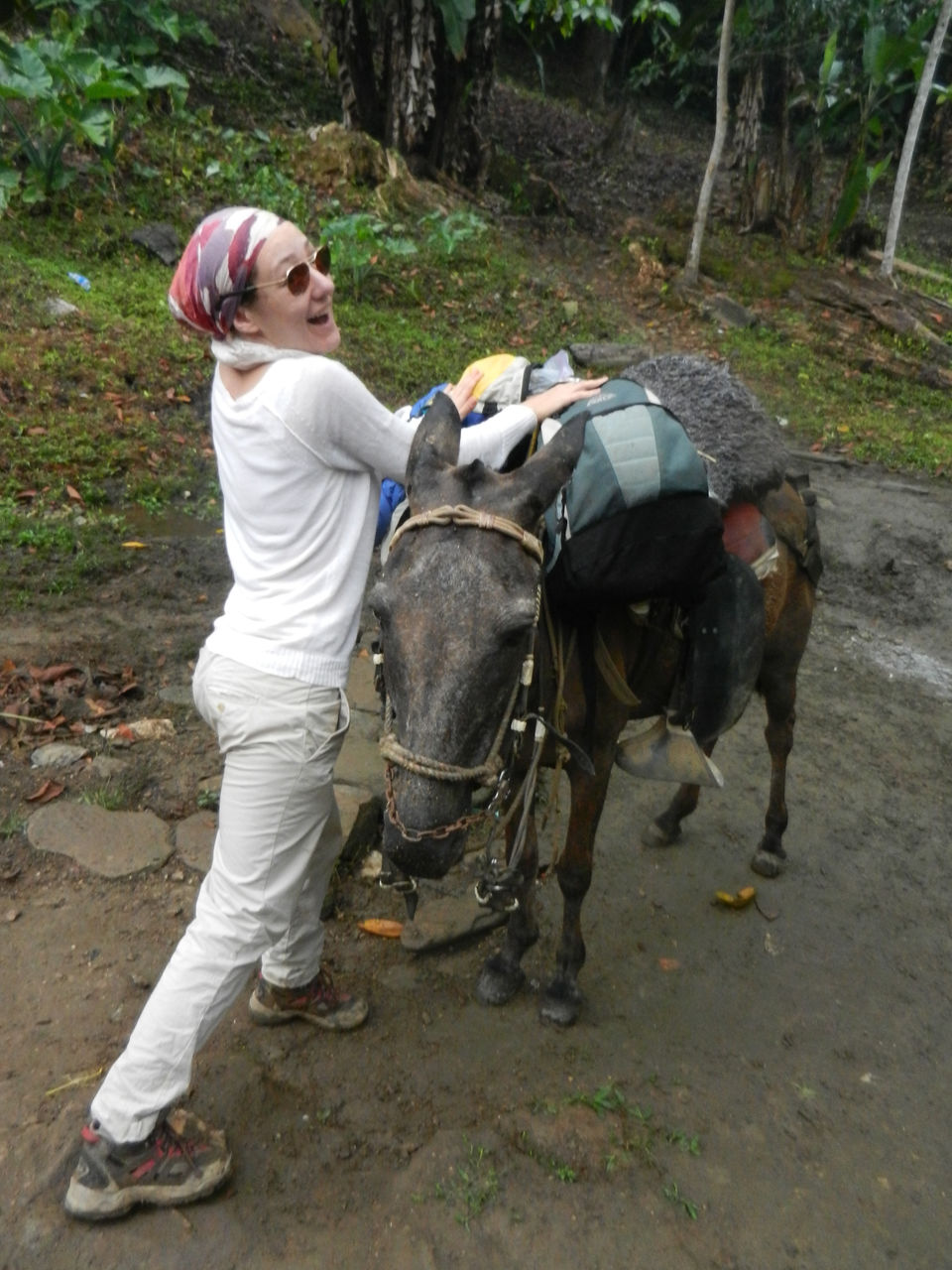
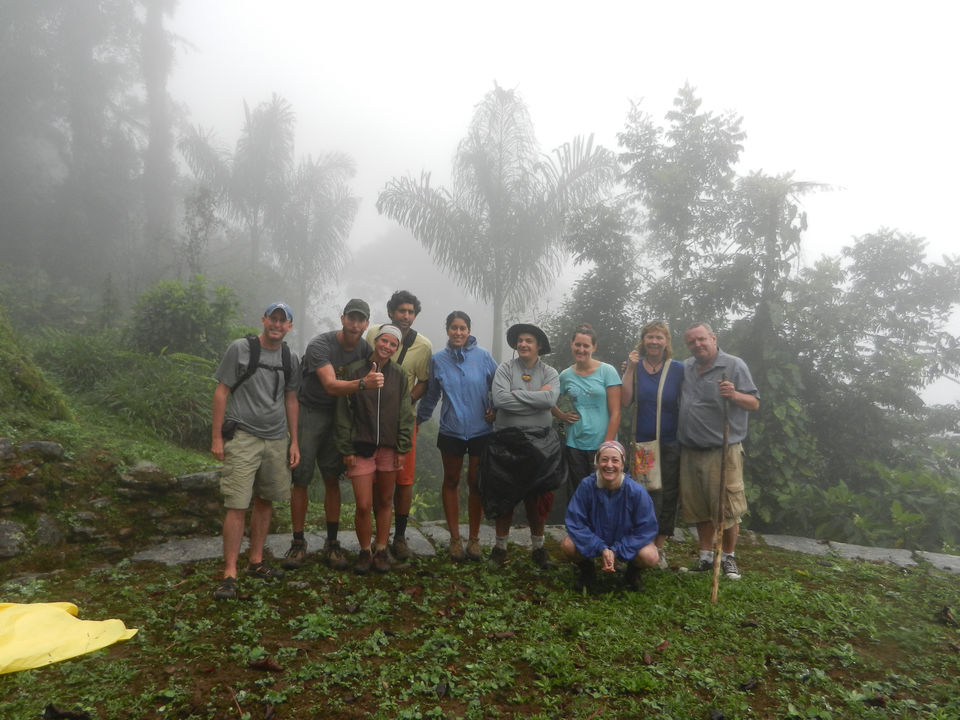
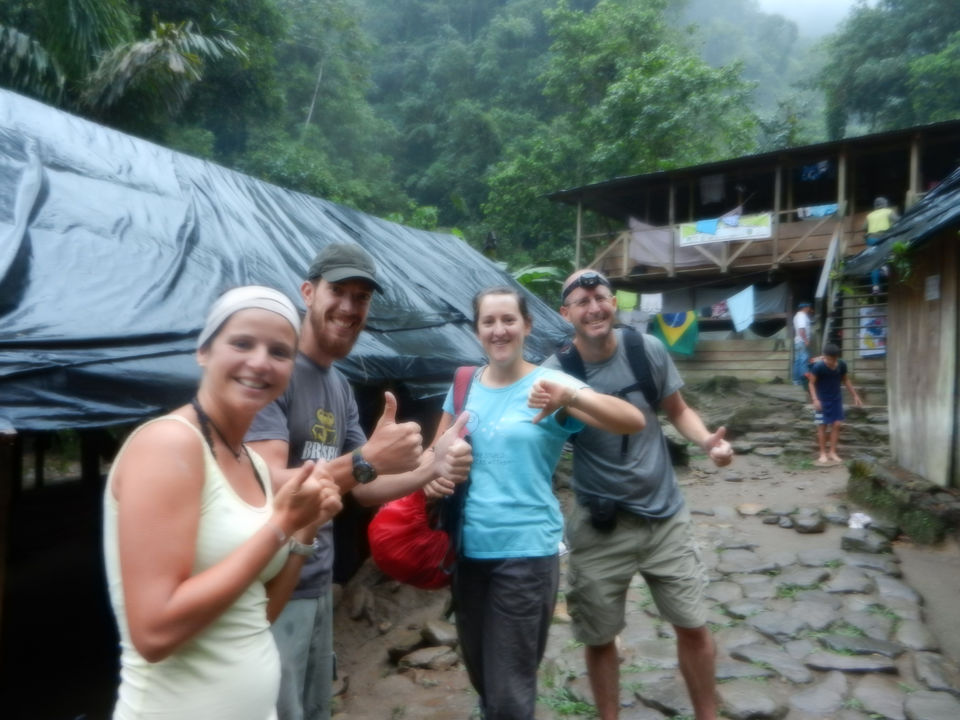

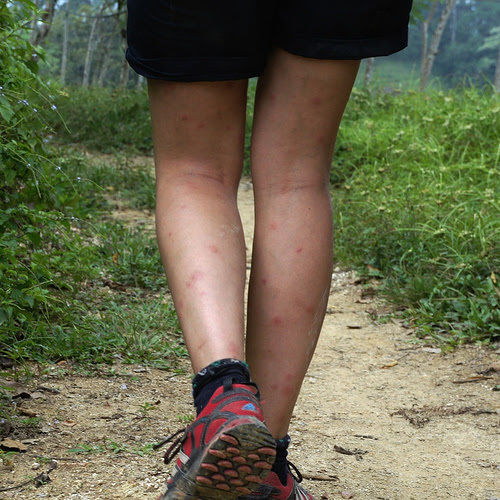
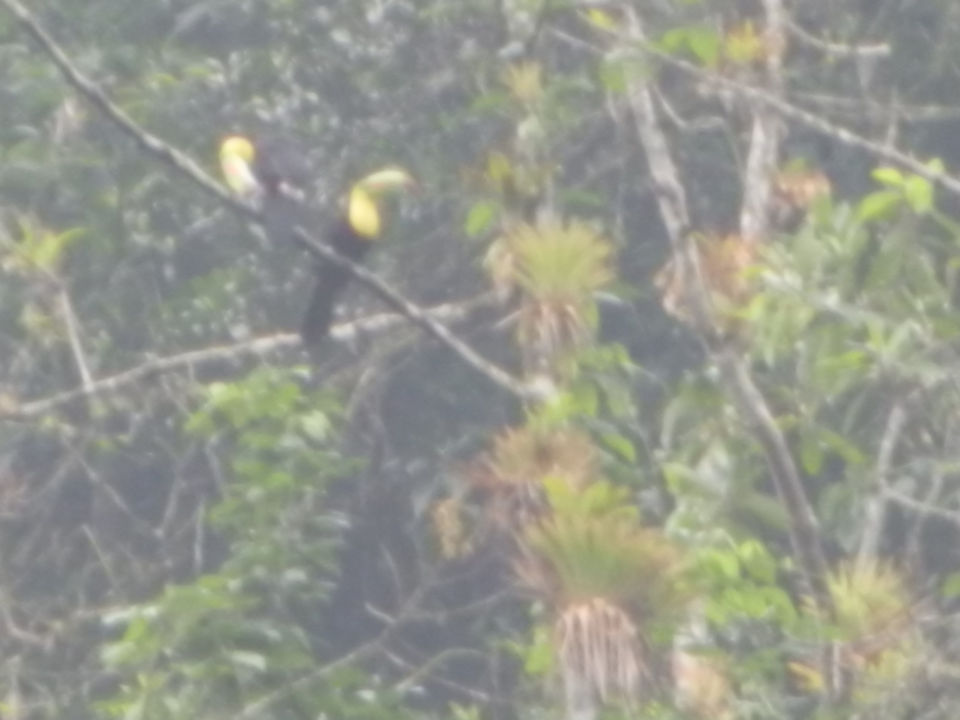
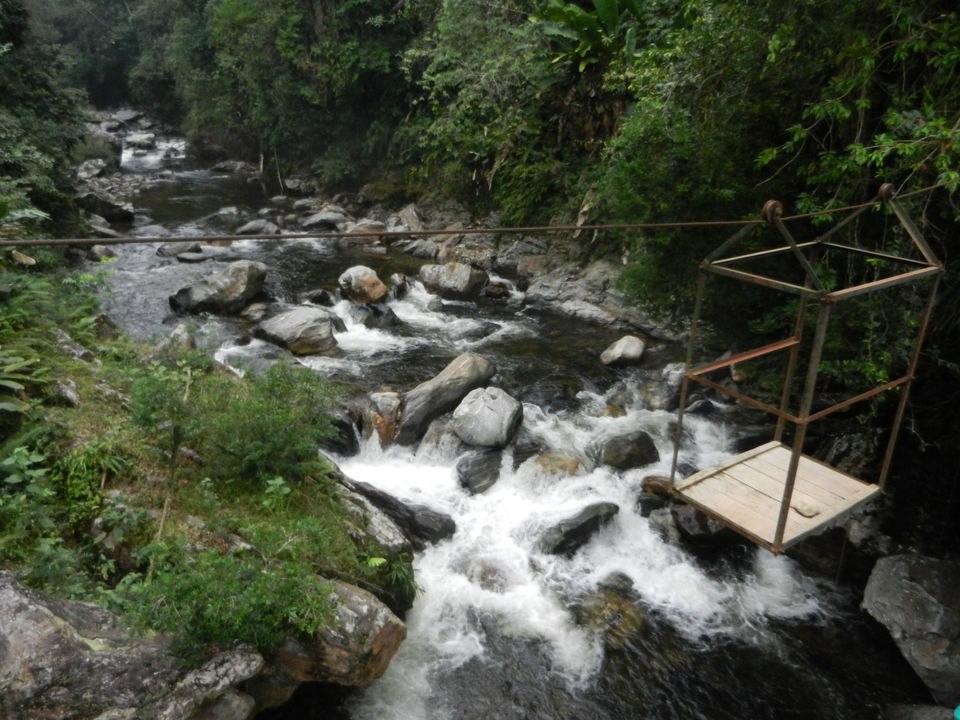

While I do love traveling alone – sometimes you have to join a small group of ‘randoms’ you don’t know, which I actually find fun – you learn how to deal with other people, how to behave yourself and hear some really funny things. I joined a group in Colombia when I decided to do the trek to La Ciudad Perdida – an archaeological site of an ancient city in Sierra Nevada, Colombia. It is believed to have been founded in 800 AD, some 650 years earlier than Machu Picchu. Ciudad Perdida consists of a series of 169 terraces carved into the mountainside, a net of tiled roads and several small circular plazas. The entrance can only be accessed by a climb up some 1,200 stone steps through dense jungle. And the entrance can only be accessed by a three-day hike up a 90-degree sloped jungle hill across rivers, over two inch ledges and some seriously shaky slat bridges. But there was the promise of an added bonus: A Real Live Cocaine Factory. (Note: I do not do drugs, but I do do effed up experiences like checking out how these things worked).
Up until December 2011, anyone who decided to take the five-day long strenuous trek into the Colombian jungle high in the Sierra Nevada mountains above Santa Marta, to see the Lost City, La Ciudad Perdida, were offered an extra treat: the luxury of seeing an actual, live cocaine factory.
Mike Gibbs, a British man in his 50s, said: “We were woken on the second day of the trek and asked if we wanted to see a cocaine factory, so (his wife Juliette) and I said, ‘sure.’”
The couples, along with other interested individuals paid $20 each and were taken to the hills behind their campsite where an enterprising cocoa farmer had set up a small factory for tourists.
The process involved mixing a vat of dried coca leaves, gallons of gas, calcium carbonate, a cup of sulphuric acid, some caustic soda (also used to clean drains) and a pinch of potassium permanganate – which produced “a filthy stinky paste,” Gibbs said. “It was truly disgusting.”
After a local paper published a story on the open practice in December, the farmer was arrested and his fields burned to the ground.
“They knew it was there,” Luis my guide to La Ciudad Perdida and a former cocaine grower, said. “They just didn’t like the publicity.”
Sadly, cocaine “exhibitions” on the trek are now used only to explain the lifestyle of the local Kogui Indians – a lithe, spry and energetic people whose diet consists of 95 percent coca leaf. Tourists are now given a tiny piece of coca leaf to chew on, which tastes like wheat grass, and has no effects as the calcium carbonate “accelerator” is not provided.
Although the last tourist kidnapping on this trek happened seven years ago, according to the British Foreign Office, “We advise against all but essential travel to Sierra Nevada de Santa Marta, including the ‘Lost City’… Armed groups are still active in parts of the Sierra Nevada, there are some areas of coca cultivation and the risk of kidnap remains high.” A fact that eluded Anders, a stubborn German trekker.
“Why can we not pay a fee and just go?” Anders, unsatisfied with only five hours of strenuous trekking, complained over beers at the second campsite on the way to La Ciudad Perdida. “It is like mafia, no? This is crazy! I want to walk!”
“Because, Anders,” Dave, a 65 year old British man prone to chain smoking and drinking ten beers at a sitting, explained. “This goddamn country is trying to change and we are supporting the local people!”
“But it is crazy!”
“People are still getting kidnapped up here and last year a French guy fell to his death – that’s why Anders,” Dave, getting more annoyed by the second, said.
“”Ja, sure, but now it is safe,” Anders insisted. “We should just pay fee and go – like zee Alpine Park in Germany.”
“This isn’t fucking Germany,” Dave seethed.
“No, but it should be…”
“Fucking Germans! Just want to walk all over everyone like they did in the War…”
“Leave it alone, Dave,” Dave’s wife Fran cautioned as Anders, unaware of the fact that all of our guides on the trek – Luis, Antonio and Jesus, all former paramilitaries and coca growers, were eying him warily.
But fighting aside (some of it was pretty funny), the worst were the BUGS. Colombia’s nascent tourism industry is doing well… but word hasn’t reached the mountain lodges that clean sheets are necessary, bedding should be changed on a regular basis and street dogs shouldn’t be allowed in beds.
The tour operators also don’t let people know just how strenuous the trek is. Some people (Dave) showed up in converse while others showed up in flip flops. This type of footwear is not advisable. The weather is also odd. One minute it is burning hot, the next you are inundated with a deep, damp bone-chilling cold when a cloud comes over you.
By the fourth day, I’d reached La Ciudad Perdida – and had enough. I noticed some mules at the campsite and asked Juan, “Where did they come from?”
“Down the mountain.”
“How long did it take for them to get up here?” I asked.
“Six hours or so…”
Five minutes and one crisp $50 bill later I was onboard Paloma, the Sharting Mule. Seven hours later, I was back in Santa Marta. Eaten alive, but alive.
* Also – fun fact: they call La Ciudad Perdida the Macchu Picchu of Colombia – BUT it is all rebuilt. It is not original. When Gold was found here a couple of decades ago the entire place was torn apart and had to be rebuilt.


